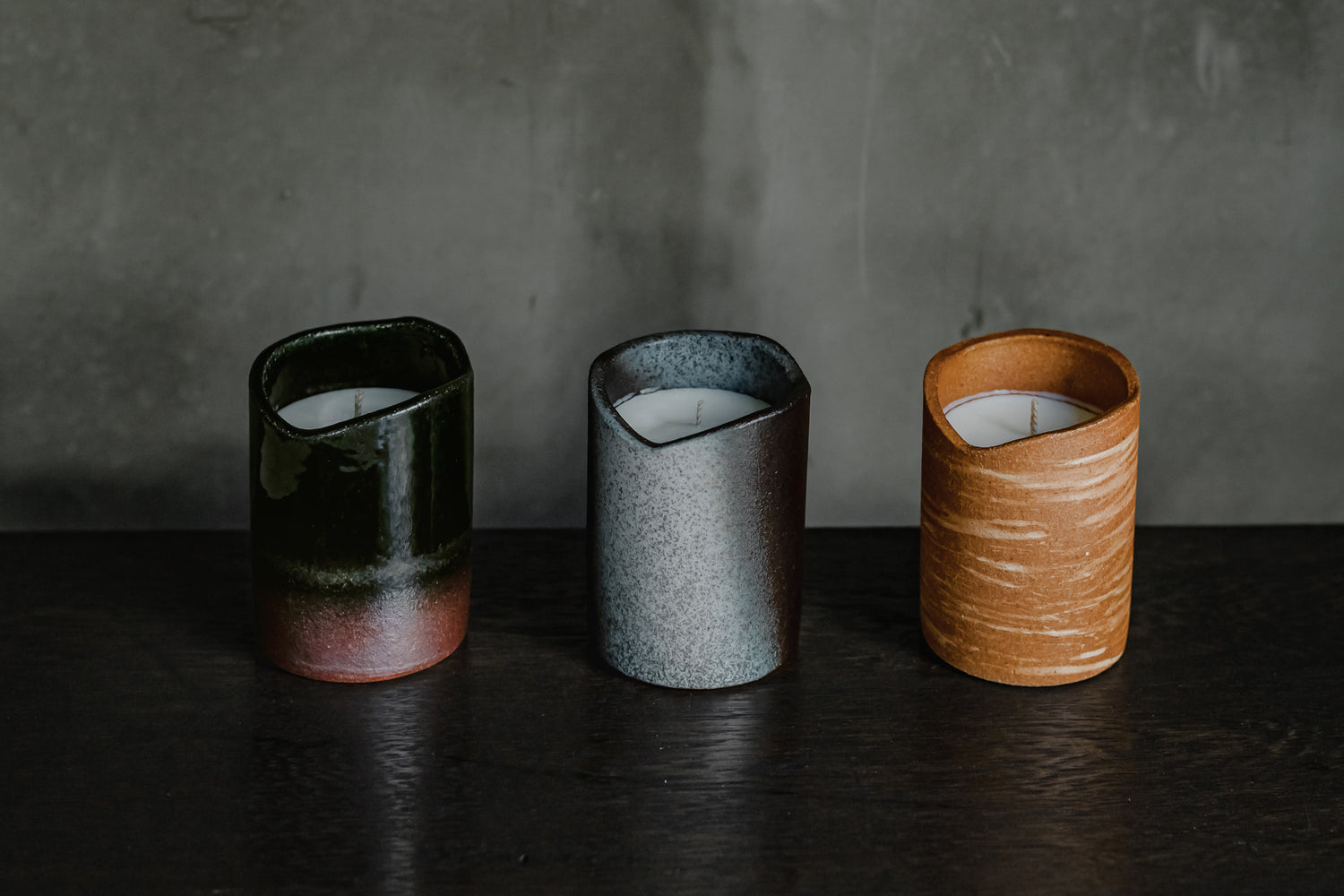When you think of Japanese pottery, do you have images of traditional crafts, Japanese tableware, and tea utensils? Although Japan has many potteries all over the country, some people may not know much about ceramics. Due to changes in eating habits and the influence of foreign cultures, it seems that opportunities to come into contact with ceramics in our daily lives are decreasing.
This time, we will take a look at the characteristics and history of such pottery.
Ceramics are classified into mainly pottery and porcelain. A simple summary of each feature is as follows.
《Pottery》
・Main raw material: clay
・Does not allow light to pass through
・Relatively thick and soft
《Porcelain》
・Main raw material: rock
・Allows light to pass through (because it contains a lot of glass)
・Thin and hard
Looking at the history of ceramics, the oldest known pottery is Jomon pottery, which dates back 12,000 years .
After that, the technology developed through interaction with the Korean Peninsula, and during the medieval period, representative pottery factories sprang up all over Japan, mainly in Seto. Influenced by the tea ceremony, unique Japanese pottery was created from the Muromachi period onwards. Up until this point, all porcelain had been made, but the first porcelain is said to have been created in Arita, Saga Prefecture, in the early 17th century. Arita ware is also called Imari ware because it was exported from Imari port.
During the Edo period, Kyoto ware, which had an elegant impression with decorations such as colored paintings, became popular in Kyoto.
From the Taisho era to the Showa era, the folk art movement arose, and the idea that the inherent beauty of crafts lies in the everyday miscellaneous items created by the handiwork of unknown craftsmen that are used in everyday life was advocated, and it has continued to this day. That has been passed down to today.
Although we cannot cover all eras, when we look at history, we can see different characteristics and trends in each era.
In order to understand these differences, what should we pay attention to when viewing ceramics? This point of appreciation is called "scenery," and this time we'll focus on two things: "glaze" and "texture".
"glaze"
It plays the role of covering the surface of pottery with a glassy film, making it beautiful and shiny. There are various methods of applying glaze, including dipping and spraying. What is interesting is that the color and taste vary depending on the thickness of the glaze applied, and the texture also varies depending on the raw material, such as ash or stone.
"texture"
The first thing that can be seen and enjoyed is called "Ishihaze". This refers to the state in which stones contained in the soil burst open during firing and appear on the surface. The rough texture is also known as the wabi-sabi scenery favored by tea masters.
Next, "Kannyuu". A crack-like phenomenon that appears while the pottery cools down after being removed from the kiln. This is caused by the difference in the degree of shrinkage between the pottery itself and the glaze. The cracks themselves can be said to be part of the flavor of the pottery, but as the utensils are used for food and drinks, pigments soak in and you can also enjoy the change in color over time.
In this way, pottery can be enjoyed as an ornamental object.
This time we introduced just a general history and characteristics of ceramics, but the differences depending on the region of kiln are even more profound.
There are various kilns all over the country, and it might be interesting to do some research and visit one if you find one that interests you.



